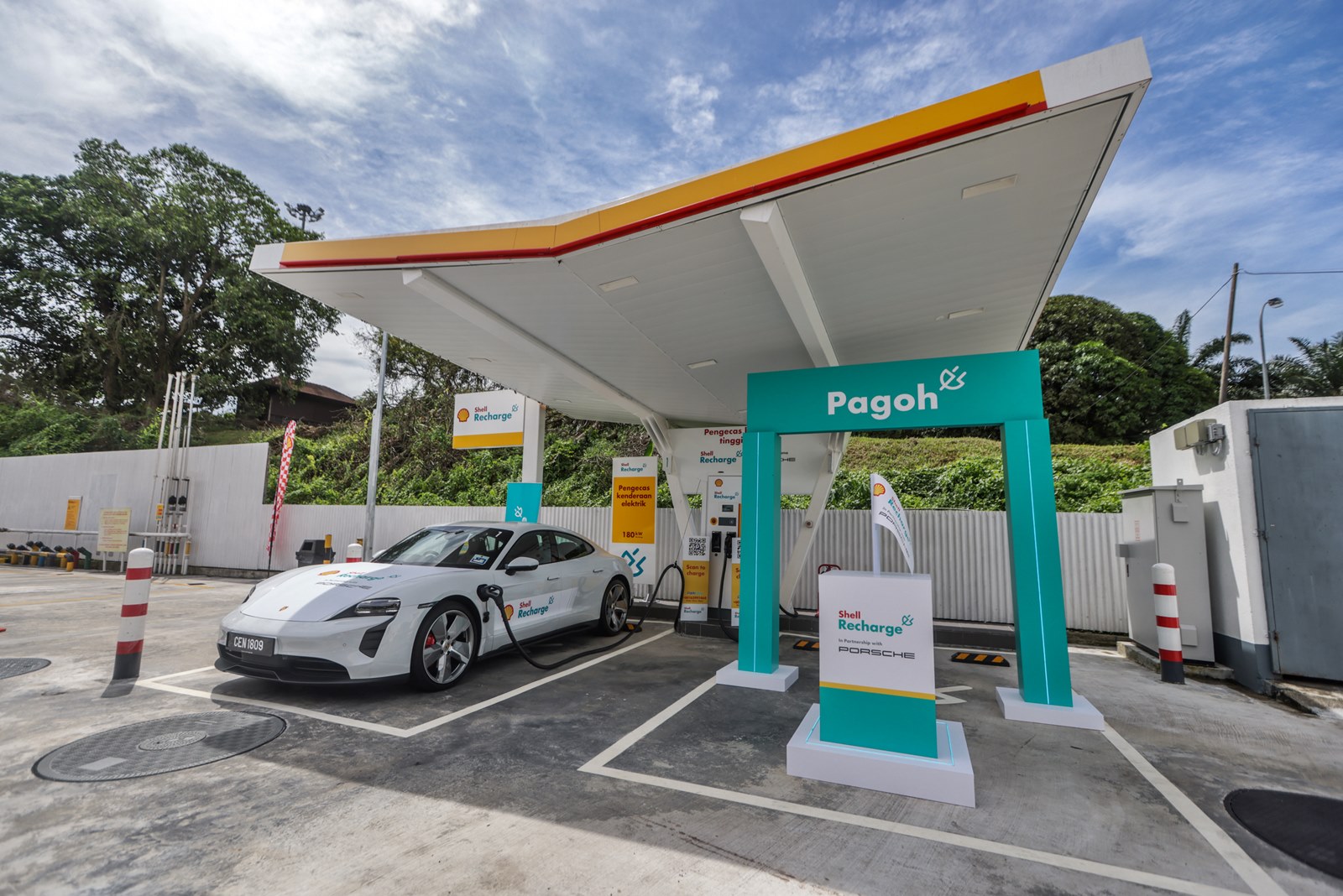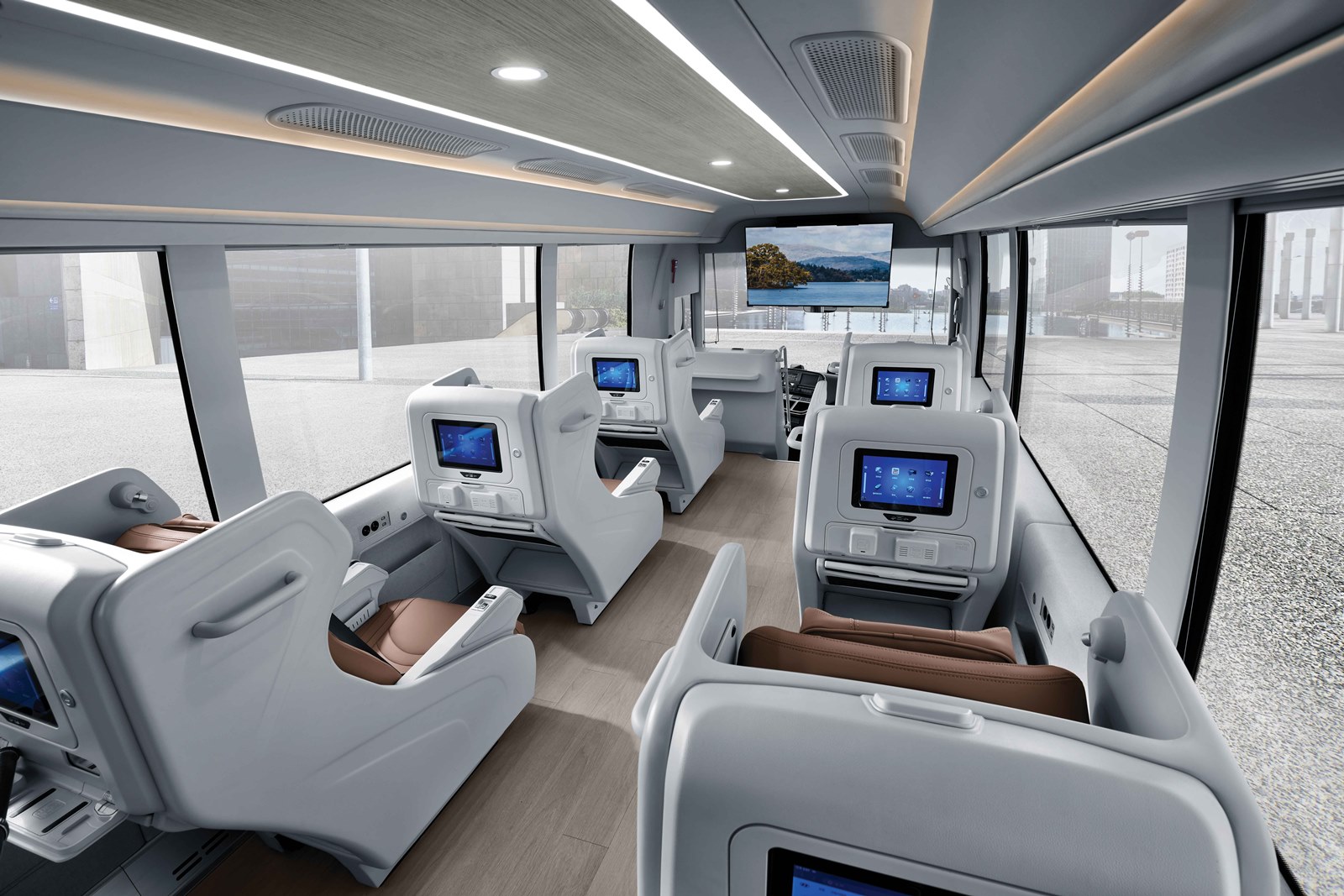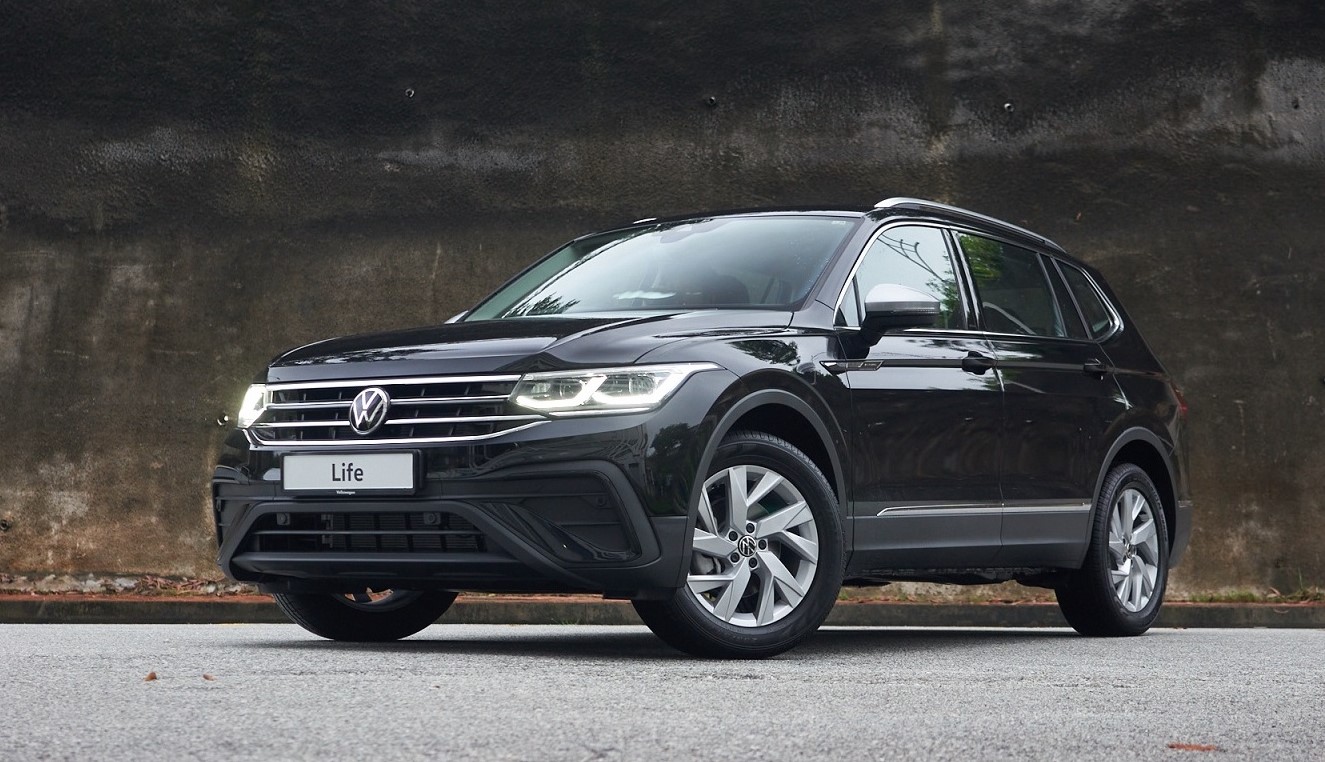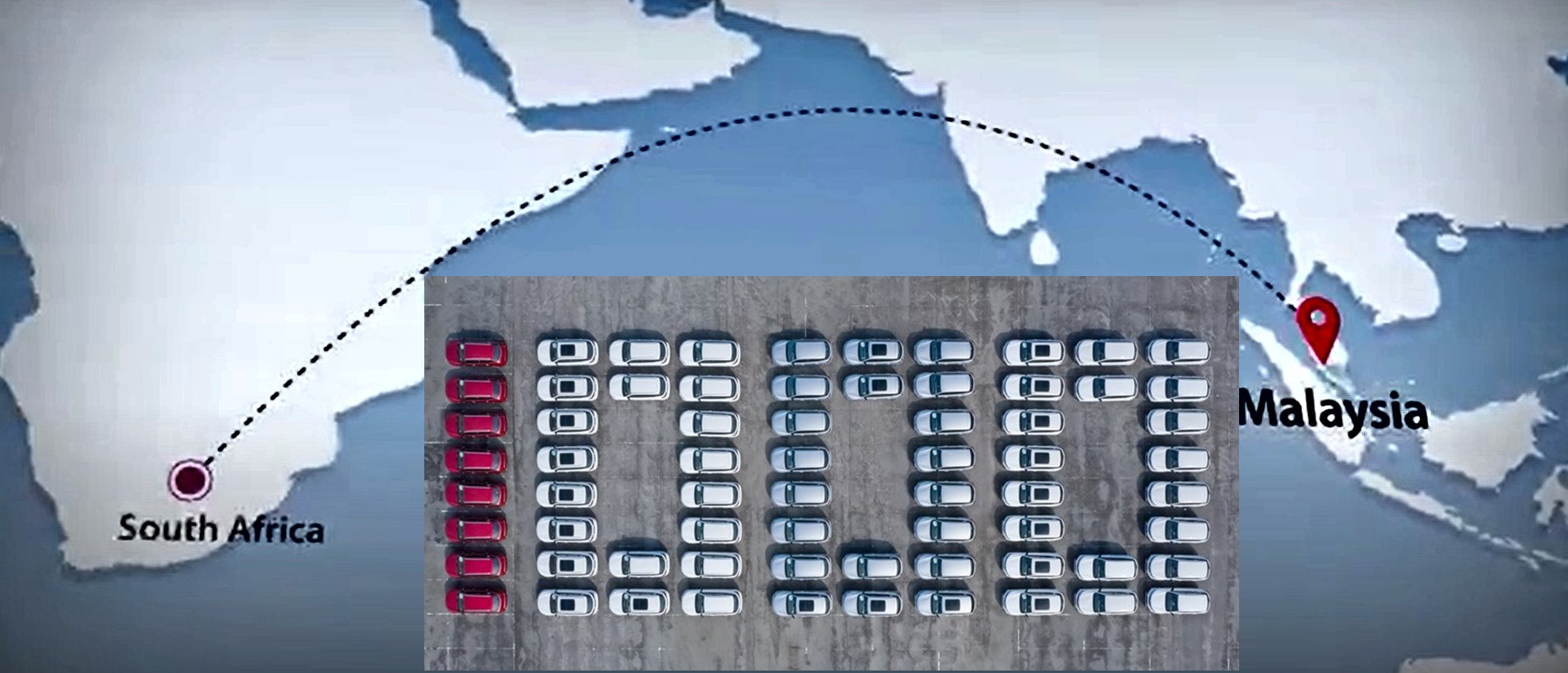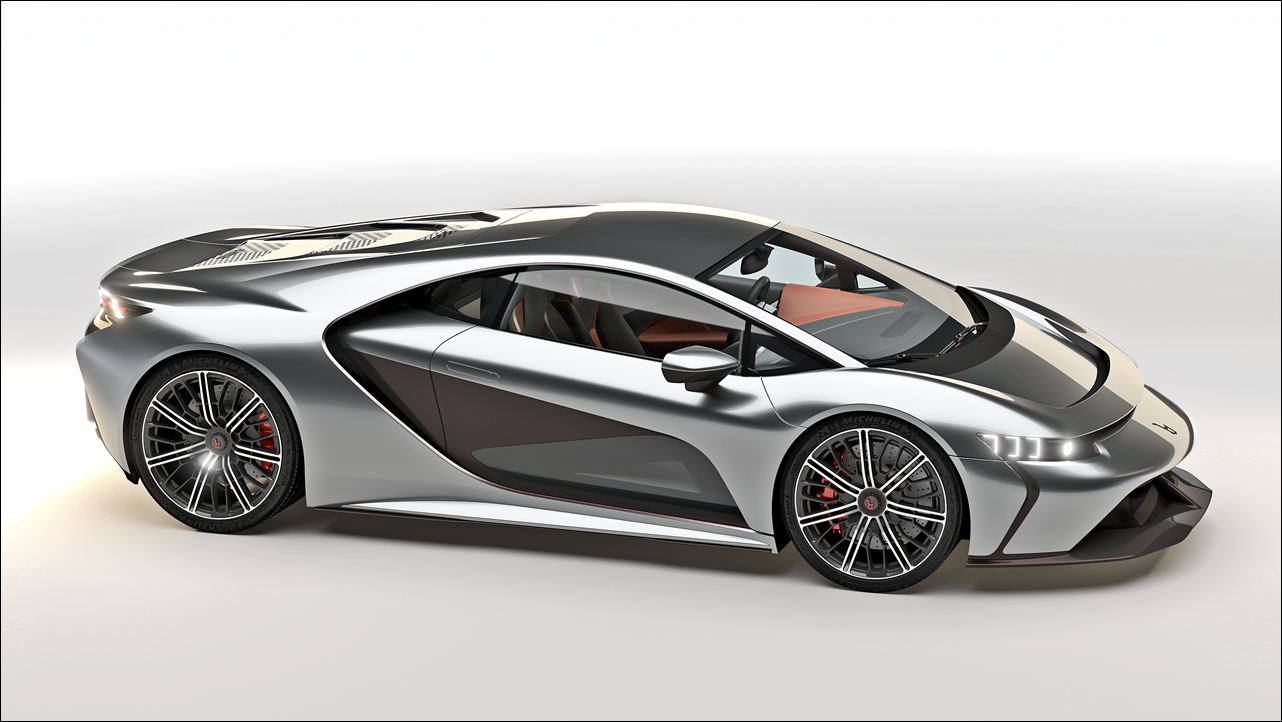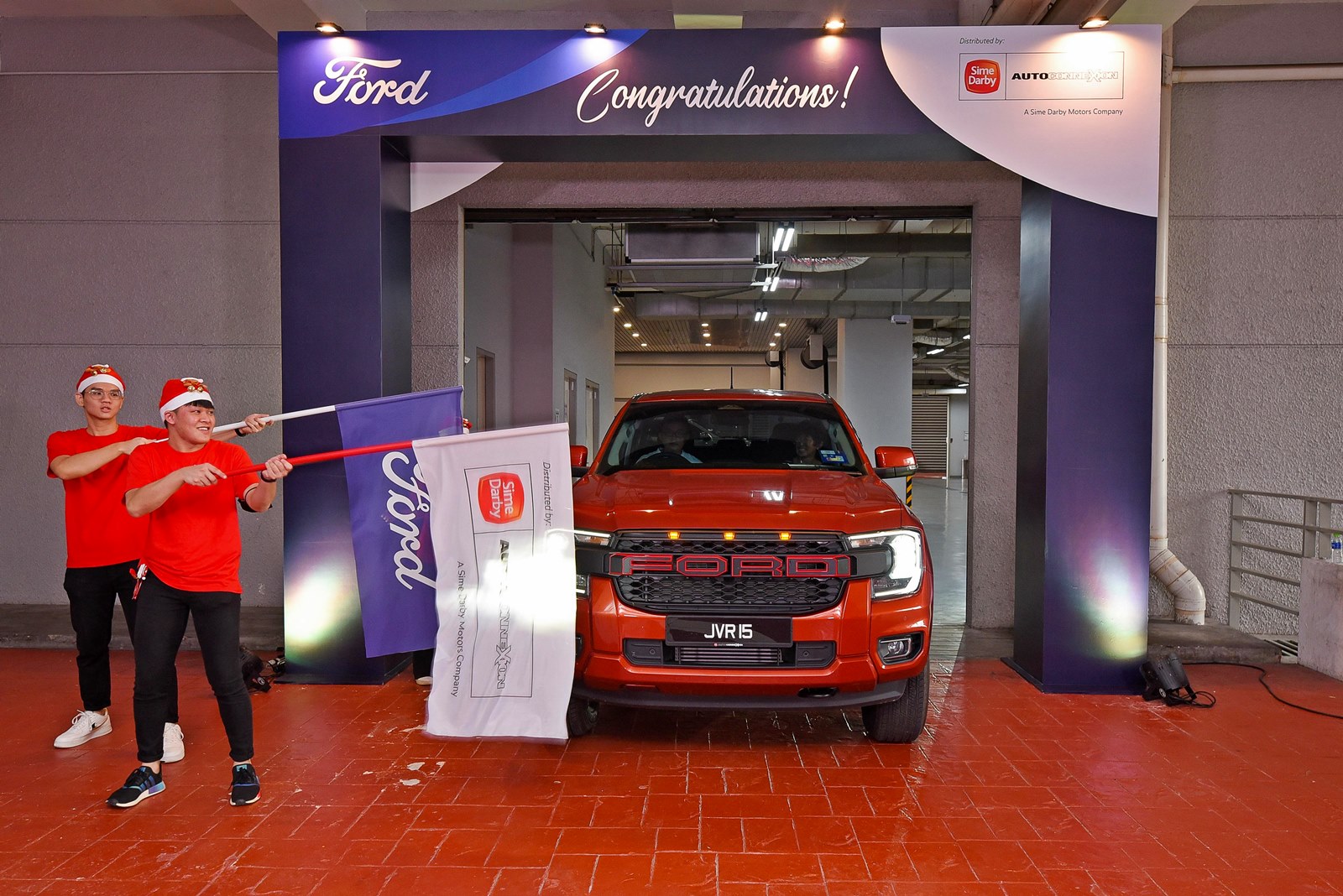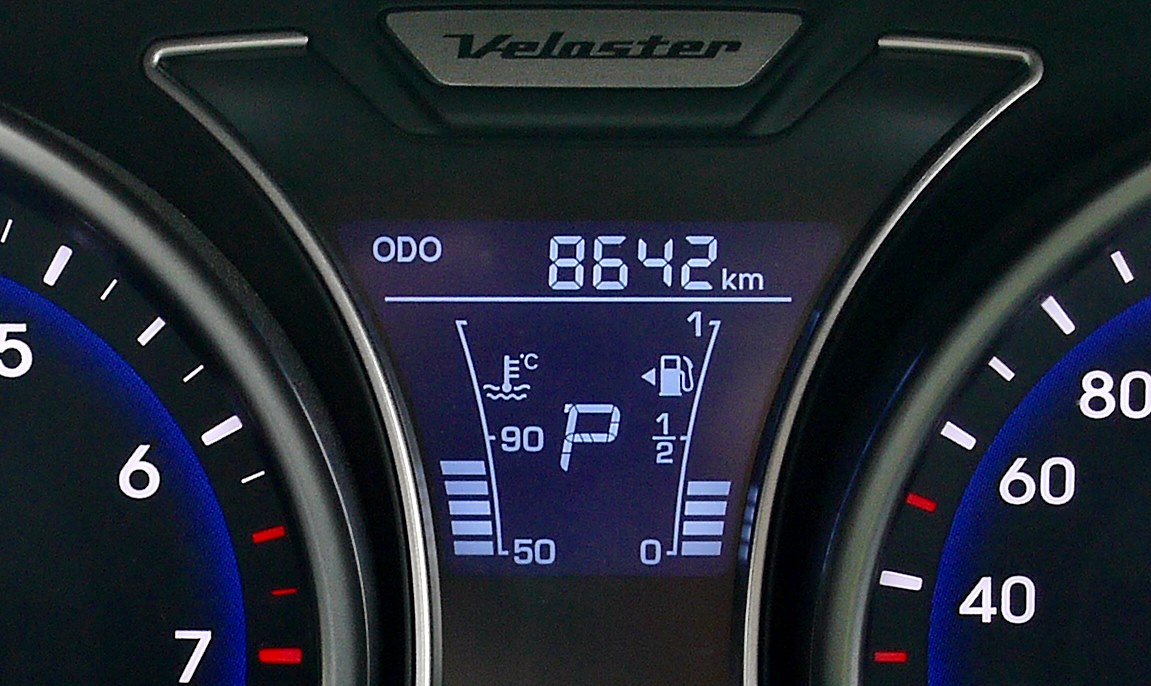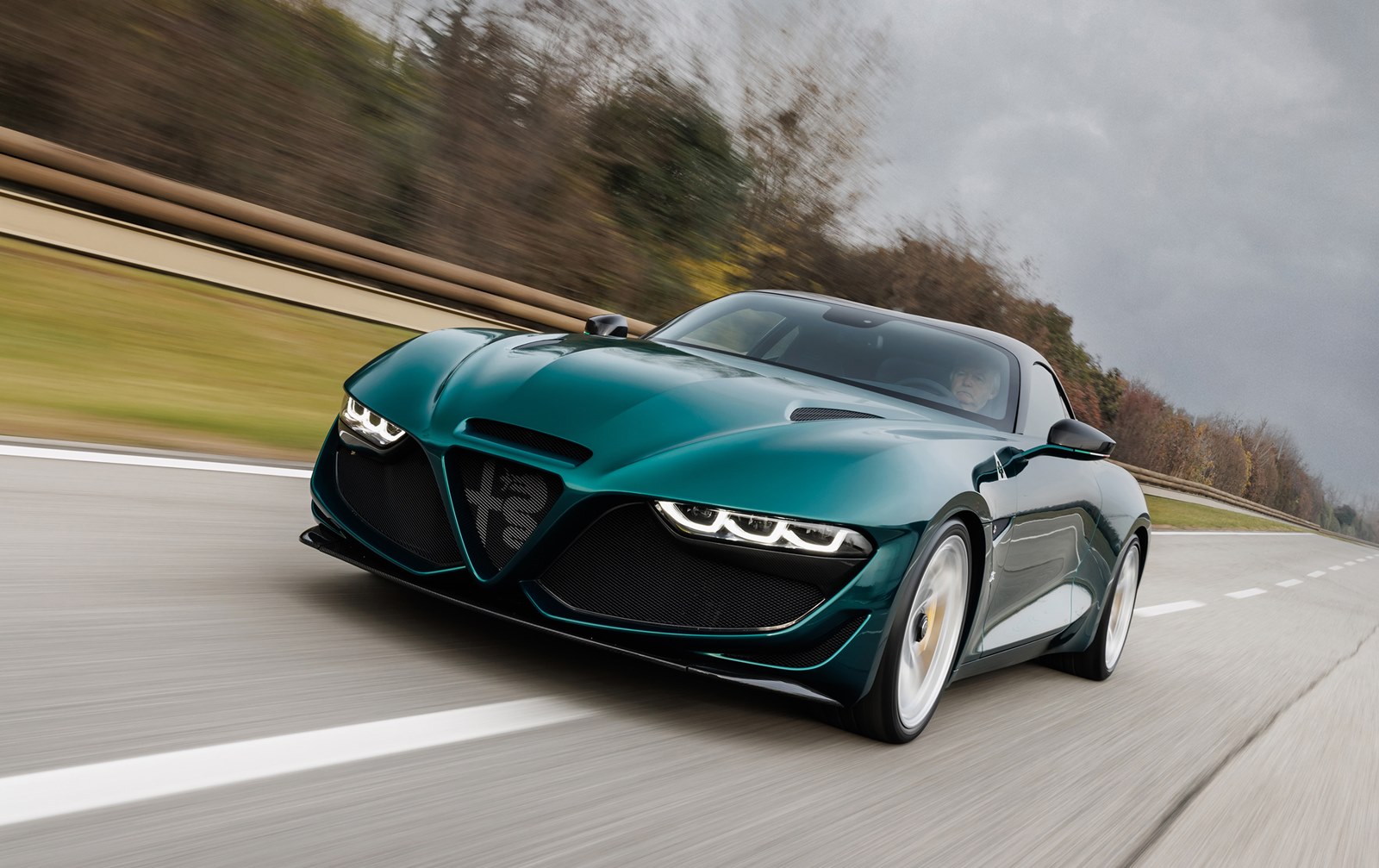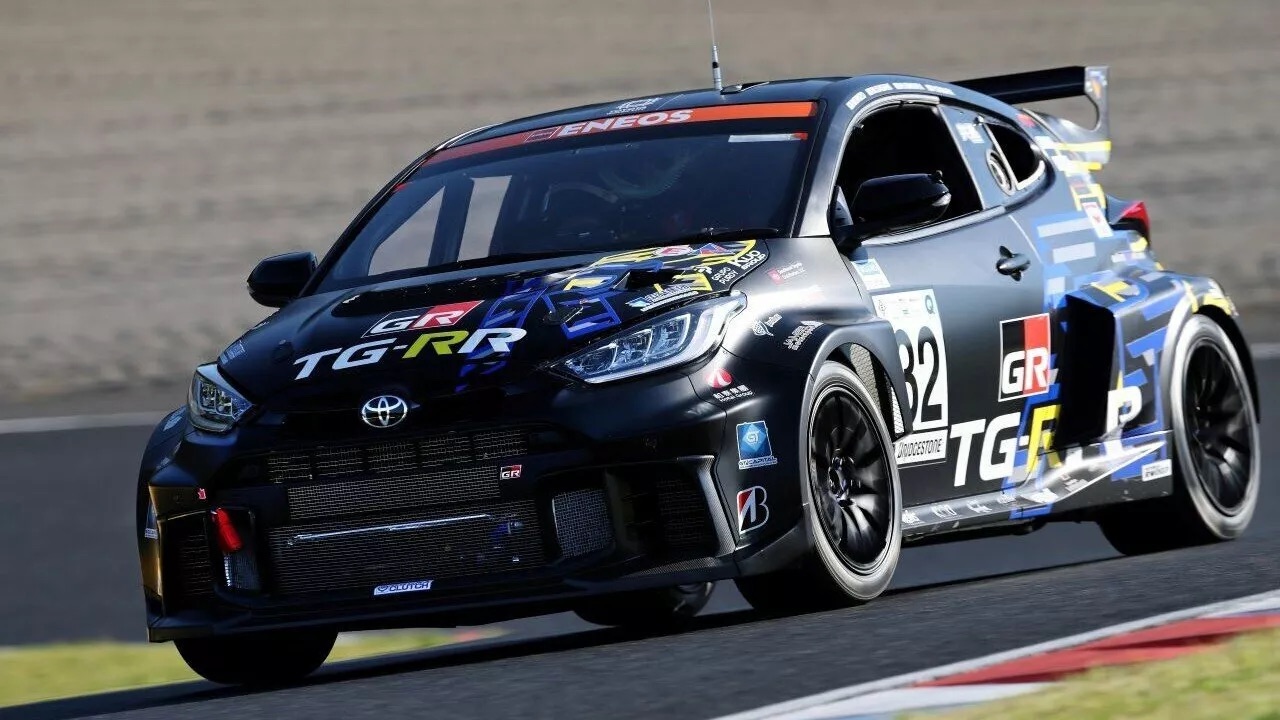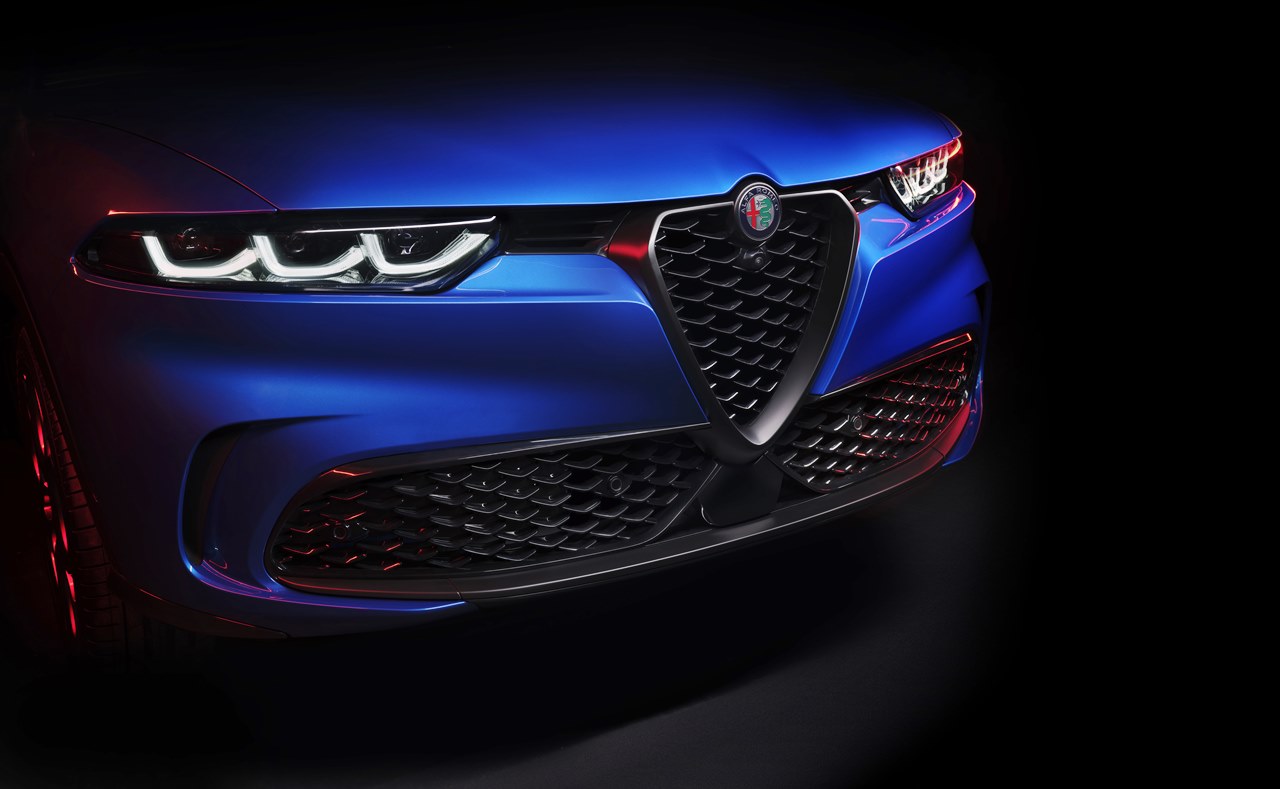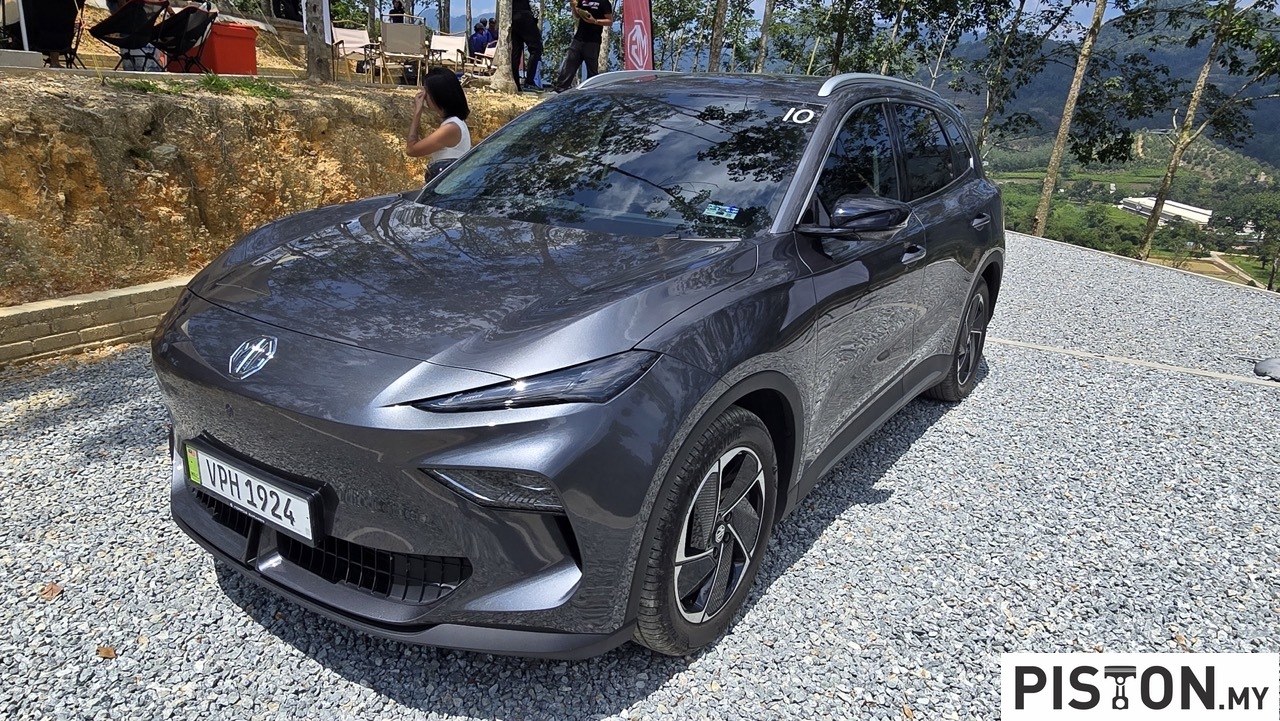Anyone wanting to drive from Singapore to Bangkok can do so on nice highways through Malaysia and Thailand. Like other highways around the world, there are petrol stations all along the way so refuelling is not a concern.
The situation is a bit different for those with electric vehicles (EVs) as they need electricity rather than liquid fuel. It is only in the past couple of years that EV sales have started and the need for recharging stations has taken on an urgency. Unless there is a comprehensive network of stations around the country, EV owners will be unable to travel far and this will discourage buying such vehicles.
The private sector has been giving its support to the government’s call to establish this network and Shell Malaysia has collaborated with Porsche Asia Pacific to set up stations not just in Malaysia but also in Singapore and Thailand. The network is along the North-South Expressway in Malaysia and then highways in Thailand, the longest cross-country high-performance charging (HPC) infrastructure EV network in Southeast Asia.
(more…)


